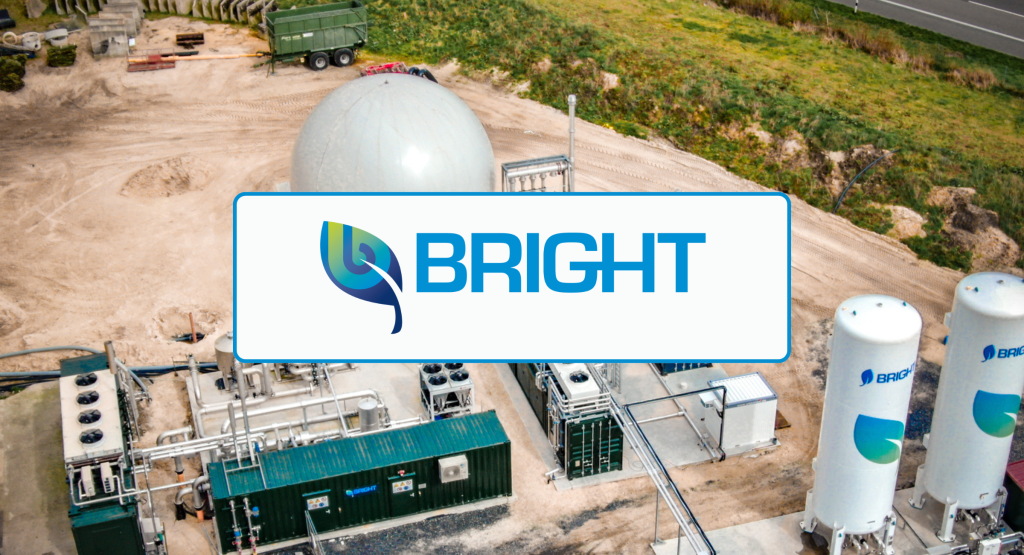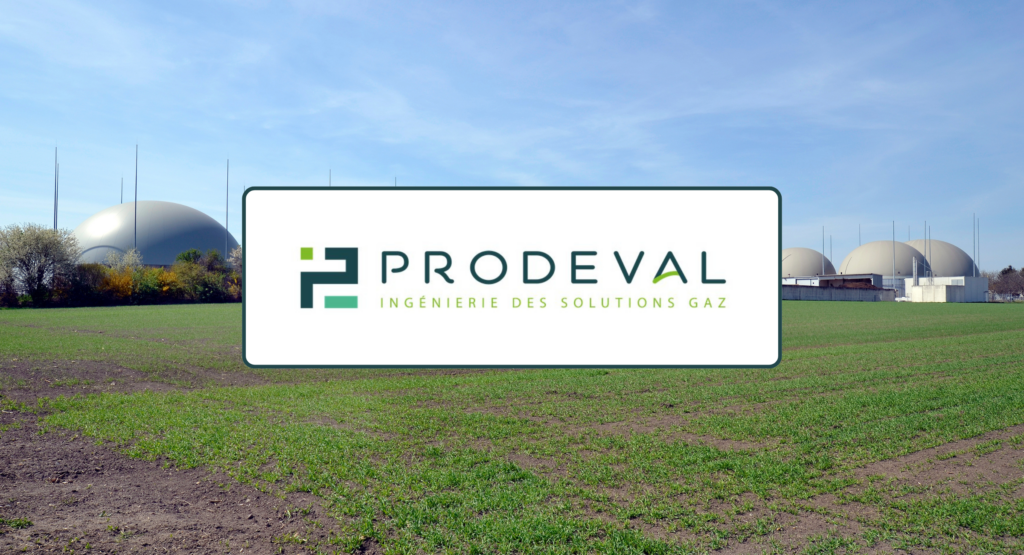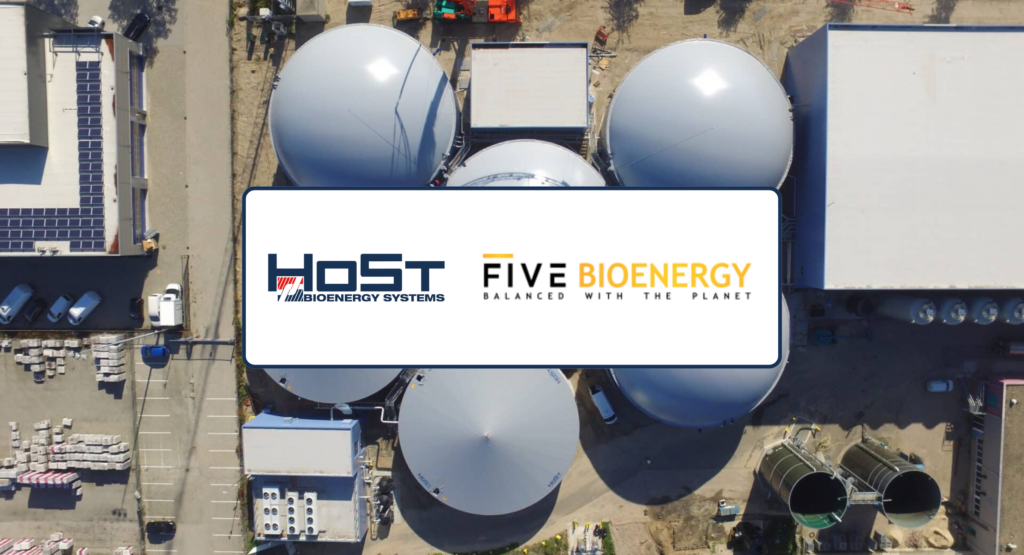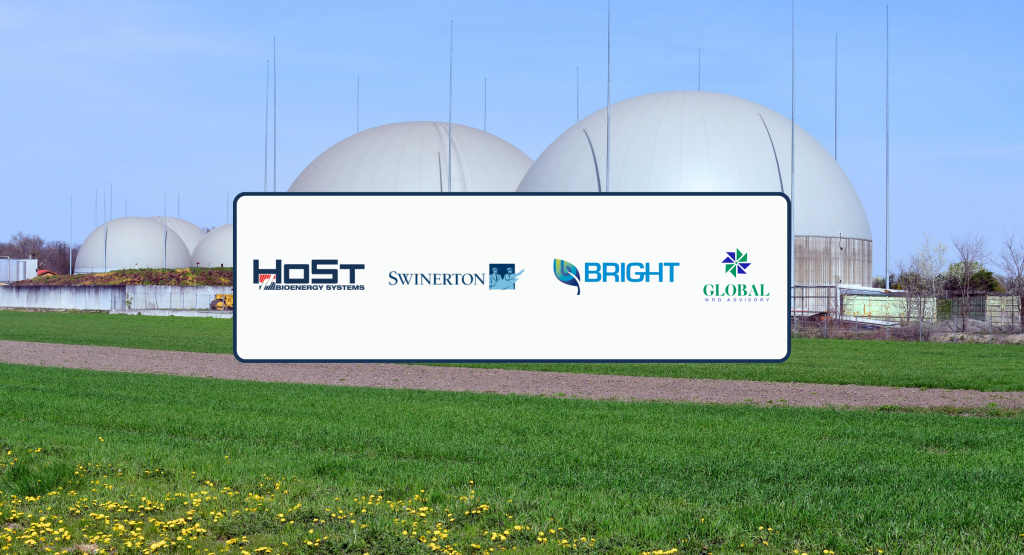Sweden’s First Biogas CCU Facility to be Built by Bright Renewables and Tekniska Verken

Netherlands/Sweden – The Dutch clean energy technology provider, Bright Renewables, has won the technical tender from Tekniska verken, a major Swedish multi-utility energy company, for the supply of CO2 liquefaction technology. The system will be installed at Tekniska verken’s biogas plant Svensk Biogas in Linköping to purify and liquefy carbon dioxide (CO2) from the biogas production. The facility, which will annually produce 20,000 tons of food-grade quality bioCO2, is expected to be completed before next summer in 2025. This project marks Sweden’s first carbon capture and utilization (CCU) facility using biogas, enhancing resource efficiency by utilizing biologically sourced CO2 from the existing process.
CO2 Liquefaction & Utilization
Niraj Kunkulol, representative for the Scandinavian market at Bright Renewables: “CO2 liquefaction technology provides environmental and operational advantages. By recovering CO2 from biogas upgrading, it prevents atmospheric release, reducing greenhouse gas emissions. This technology also produces high-quality, food-grade bioCO2, a valuable resource for industries like food and beverages”.
Additionally: “Incorporating a CO2 liquefier into clean energy systems optimizes carbon intensity scores and boosts efficiency. Using CO2 as a natural refrigerant in our system, an environmentally friendlier alternative to Freon and ammonia, enhances sustainability. In biogas applications, it maximizes methane use and minimizes methane slip. We are pleased to see these enhancements increase resource efficiency for Tekniska verken”.
Project scope
The CO2 liquefaction system, with a capacity of 2,500 kg/hr of bioCO2, includes technology to recover CO2 from the biogas upgrading process to purify and liquefy CO2 using natural refrigerant CO2 (R744). The system features four 70 m3 storage tanks for the liquid bioCO2 and a liquid CO2 analyzer for certifying the food-grade quality. This setup not only complements existing clean technology plants but also further reduces the Carbon Intensity (CI) score, enhancing the plant’s sustainability profile.
Biogas production optimization
As early as 2023, the Tekniska verken Group made an investment decision to build a facility to handle the biogenic carbon dioxide formed during the digestion of food waste, slaughterhouse waste, and more, which is then removed during biogas production.
“We are working diligently to make the most of all by-products and residues from our production to increase resource efficiency. With Bright’s innovative solution at the facility, we contribute to a circular economy, while also reducing our methane emissions by recycling the methane that previously accompanied the carbon dioxide back into the process” says Anna Lövsén, Business Area Manager Biogas at the Tekniska verken Group.
“The goal is to certify the new facility according to ISO 22000/FSSC 22000, which is a requirement for food-grade quality carbon dioxide. Today, carbon dioxide is used, among other things, for dosing in greenhouses, to cool food, in fire extinguishers, as a process chemical in industry, and to make carbonated beverages” explains Anna Lövsén.
Recovery of CO2 from the biogas process
Although CO2 emissions from biogas production are already biogenic today, meaning they do not contribute to any net emissions, recovering this carbon dioxide will have a positive climate effect. This is because the carbon dioxide from biogas plants can now replace fossil carbon dioxide on the market.
The new facility is partially financed with the help of Klimatklivet, which focuses on local investments for maximum climate benefit. The support is administered by the Swedish Environmental Protection Agency in collaboration with other central authorities and county administrative boards. The main purpose of Klimatklivet is to support investments that effectively reduce greenhouse gas emissions.






Comments